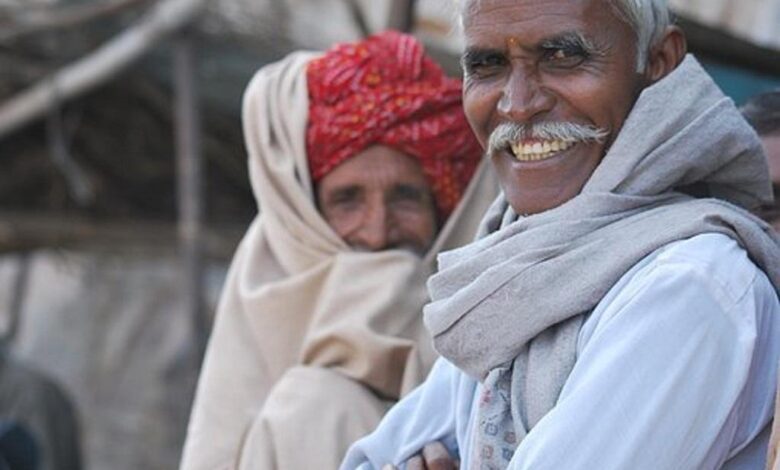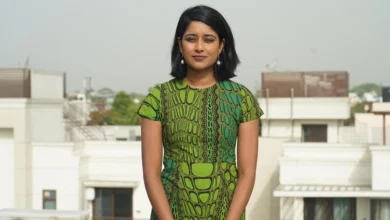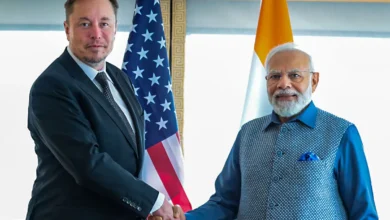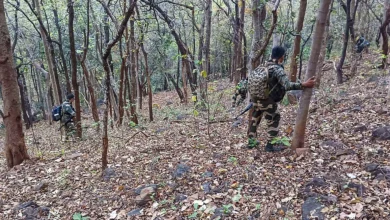15% Indian population to be 60+ by 2036: UN
By the end of the century, the elderly will constitute over 36% of the total population of the country."- UNFPA's 'India Ageing Report 2023'.

India, known for its vibrant young population, is poised for a significant demographic shift in the coming decades. The UNFPA’s ‘India Ageing Report 2023’ suggests that by 2036, the elderly population – those aged 60 years and above – is projected to constitute 15% of the country’s total population, a significant rise from the current share of 10.1% in 2021.
The increase in the elderly population will not stop in 2036 but continue to escalate, with estimations suggesting that by 2050, 20.8% of India’s citizenry will be from this age group. Such a shift in population dynamics underscores the looming challenges for India’s socio-economic landscape.
“By the end of the century, the elderly will constitute over 36 per cent of the total population of the country.”– UNFPA’s ‘India Ageing Report 2023’
The report also lays emphasis on the distinct differences in the elderly people across various states, stemming from the diverse stages and pace of demographic transition. States in the southern region and select northern states such as Himachal Pradesh and Punjab are already grappling with a higher share of the elderly than the national average. Whereas central and north-eastern regions have younger demographics.
Aging in India is progressing at a rapid pace. Let’s take a look at the projected percentages of the Indian people aged 60 and above in the coming years.
Old-Age Dependency: A Crucial Statistic to Watch
There’s more to this rapidly aging people than just numbers. The ageing index, which measures the number of elderly (60+ years) per 100 children population (below 15 years), has seen an increase. This indicates that the population is indeed aging, which could lead to a higher old-age dependency ratio. As of 2021, for every 100 working-age persons in India, there were 16 older persons, indicating a potential increased demand for elder care in the future.
- In 2021, the percentage of Indian population aged 60+ was at 10.1%.
- By 2036, this aging population is projected to make up 15% of the total population.
- By the mid-century year of 2050, the aging people in India is expected to rise further to 20.8% of the total populace.
The UNFPA’s ‘India Ageing Report 2023’ is a critical resource for policymakers, programme managers, and all stakeholders involved in elder care. As Andrea M. Wojnar, UNFPA India’s representative and country director of Bhutan says,
“Older persons have contributed significantly to society, and they deserve nothing less than our best efforts to ensure their well-being.”– Andrea M. Wojnar
The report’s implications are far-reaching, and its results may very well shape India’s social and economic policies in the coming years. As India’s demographic structure is rapidly aging, the country will need to adapt and ensure sustainable policies for its aging people
Hang tight as we continue to unpack this emerging development and its influence on the trajectory of India’s future.
Please, also have a look into : Population growth insufficient to strengthen India’s economy: Moody’s Investors Service



